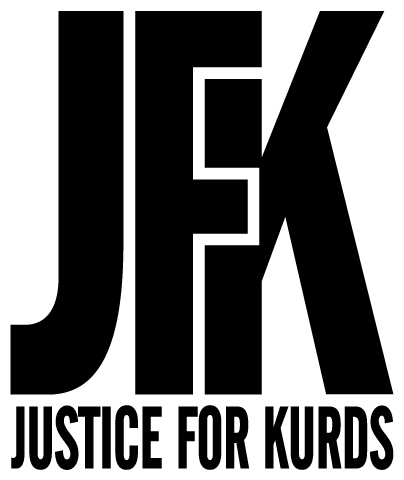If you can’t point to Kurdistan on a map, you’re not alone: It’s not a sovereign country. But for Kurds, an ethnic group of roughly 30 million people, it is very real indeed. Nestled on the margins of Turkey, Armenia, Iran, Iraq, and Syria, Kurdistan is one of the planet’s most volatile regions, and its people are the world’s largest stateless group.
The Kurds are indigenous to the Middle East, but scholars and Kurdish people alike disagree as to the group’s origin. Nor do all Kurds share a religious identity: Though the majority of Kurds are Sunni Muslims, other religions are practiced as well.
What is clear is a Kurdish ethnic identity and common language. Those commonalities emerged around the Middle Ages. Since then, Kurds have played roles in the histories of what are now Iran, Iraq, Syria, and Turkey.
But while they flourished and wielded influence in the region, Kurds lost their lands when the Ottoman Empire took over most Kurdish-held territory in the 1500s. And the empire’s defeat in World War I dealt a blow to the Kurds, too. Under the 1920 Treaty of Sèvres, which dissolved the Ottoman Empire, the Allies planned to make Kurdistan autonomous. It was a victory for a growing Kurdish nationalist movement, but the treaty failed and was never ratified. Turkey ended up renegotiating with the Allies, and in 1923 the revised Treaty of Lausanne abandoned plans for a self-governing Kurdistan. Since then, the Kurds have made multiple attempts to set up their own state, but their efforts have been in vain.
Iraqi Kurds have endured decades of contention and bloodshed. During the Iran-Iraq War of the 1980s, Iraq attacked Kurdish civilians with chemical weapons and a rebellion was brutally suppressed. Tens of thousands of Kurds were killed in the conflict, and hundreds of thousands forced to flee. During the First Gulf War in 1990-1991, over 1.5 million Kurds fled to Turkey. In response, Turkey shut its borders, and Kurdish refugees were stranded until coalition forces created a safe haven. After the UN guaranteed protection for Kurds, Iraq allowed the Kurdistan Regional Government to govern part of the country.
As Iran’s third-largest ethnic group, Kurds initially supported the Islamic Republic. But a Kurdish uprising throughout the 1980s and 1990s was followed by state repression. Today, Kurds feel “disenfranchised and excluded” within Iran, according to Middle East researcher Shahram Akbarzadeh.
In Turkey, Kurds are the largest ethnic minority, but face longstanding state repression, including bans on the Kurdish language. In response, a vehement separatist movement still clashes with Turkish troops. During the 1984-1999 Kurdish-Turkish conflict, more than 40,000 people—the majority Kurdish civilians—were killed.
Turkey’s struggle to subdue Kurdish fighters has spilled over into Syria, where Kurds are the largest ethnic minority. Kurdish people have long faced state oppression there, too, but took over large swaths of northern Syria during its civil war. Recently, Turkey threatened to attack Kurdish separatists inside Syria’s borders, but the United States stepped in, establishing a safe zoneinside the border that effectively pushes Kurdish fighters farther back into Syria.
Will tensions cool—or will the move simply set up another conflict between the Turkish state and the stateless Kurds? The only thing that seems certain is Kurds’ continued struggle for a country of their own.

